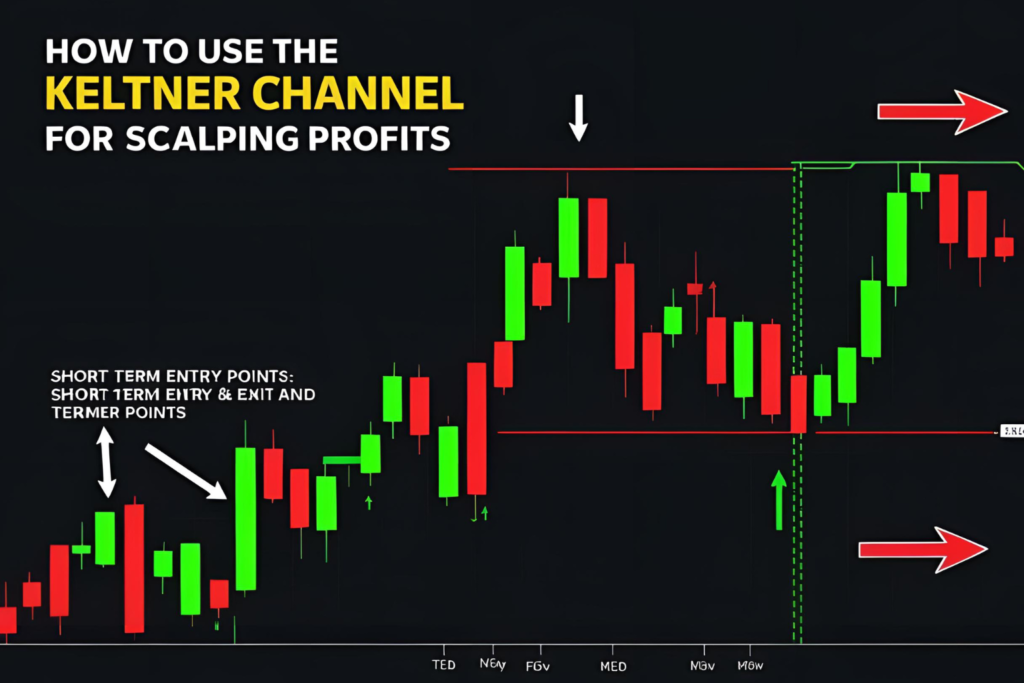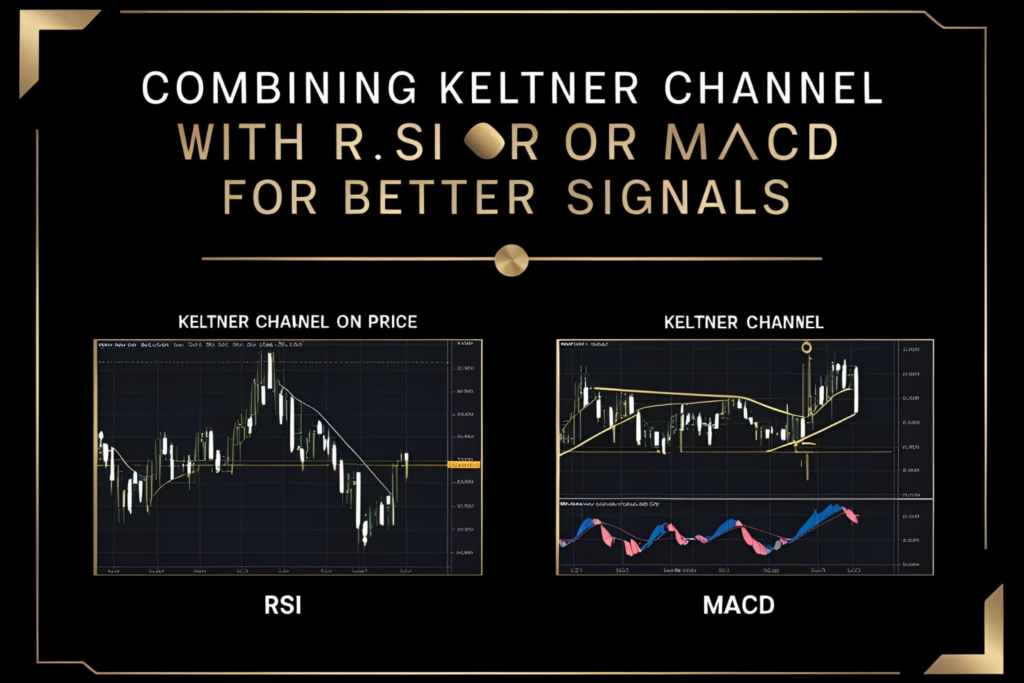Many traders chase price after breakouts, only to get caught in reversals. A smarter approach is to wait for pullbacks within a trend, and the Keltner Channel provides a perfect framework for this.
In this guide, you’ll learn a step-by-step Keltner Channel pullback strategy that helps identify low-risk, high-probability trade entries.
Why Use a Pullback Strategy?
- Pullbacks offer better reward-to-risk ratios
- They allow entries with the trend instead of against it
- They reduce the chance of entering on fake breakouts or overextended moves
The Keltner Channel helps define dynamic support and resistance zones during these pullbacks.
Recommended Indicator Settings
- EMA Period: 20
- ATR Period: 10–14
- Multiplier: 2
Use these values on the 15-minute, 1-hour, or daily charts depending on your trading timeframe.
Keltner Channel Pullback Entry Rules
1. Identify the Trend
- Price must be trending above the middle EMA line (for long trades)
- EMA must slope upward (for uptrend) or downward (for downtrend)
- Avoid sideways conditions
2. Wait for Pullback
- Price pulls back toward or into the middle EMA line
- Ideally, price remains inside the channel during the pullback
- Look for reversal patterns such as pin bars, engulfing candles, or inside bars
3. Confirm and Enter
- Enter when price resumes in the direction of the trend
- Confirm with momentum indicators like RSI or MACD, or rising volume
4. Stop-Loss and Target
- Place stop-loss just below the lower band (for long trades)
- First target: upper Keltner band
- Optional: trail stop using the middle EMA for extended trend trades
Example (Long Trade)
- Stock in an uptrend on 1-hour chart
- Price pulls back to the EMA line
- Forms a bullish engulfing pattern
- RSI stays above 50
- Entry on candle close, stop below lower band, target near upper band
Tips for Better Pullback Trades
- Avoid trading during news events or low volume
- Stick to clean trends—avoid chop and noise
- Use confluence with support zones or Fibonacci retracements for extra confirmation
- Backtest your entries and exits to build confidence
Final Thoughts
The Keltner Channel pullback strategy allows traders to join trends at optimal points with reduced risk. By using the middle line as a dynamic support/resistance level, and the outer bands for targets or stops, you gain a visual edge in trend trading.
Consistent execution of this setup can lead to reliable and repeatable profits.
FAQs
1. Does the pullback have to touch the EMA?
Ideally, yes. A pullback to the EMA gives a better entry and structure.
2. Can I use this for short trades?
Yes. Just reverse the rules—look for pullbacks to the EMA in a downtrend.
3. Should I wait for a specific candlestick pattern?
It helps. Look for engulfing candles, pin bars, or inside bars near the EMA.
4. What if the pullback breaks below the channel?
Avoid entry. It may signal a trend reversal or deeper correction.
5. Can this strategy work in crypto or forex?
Yes. It’s effective in any trending, liquid market.



